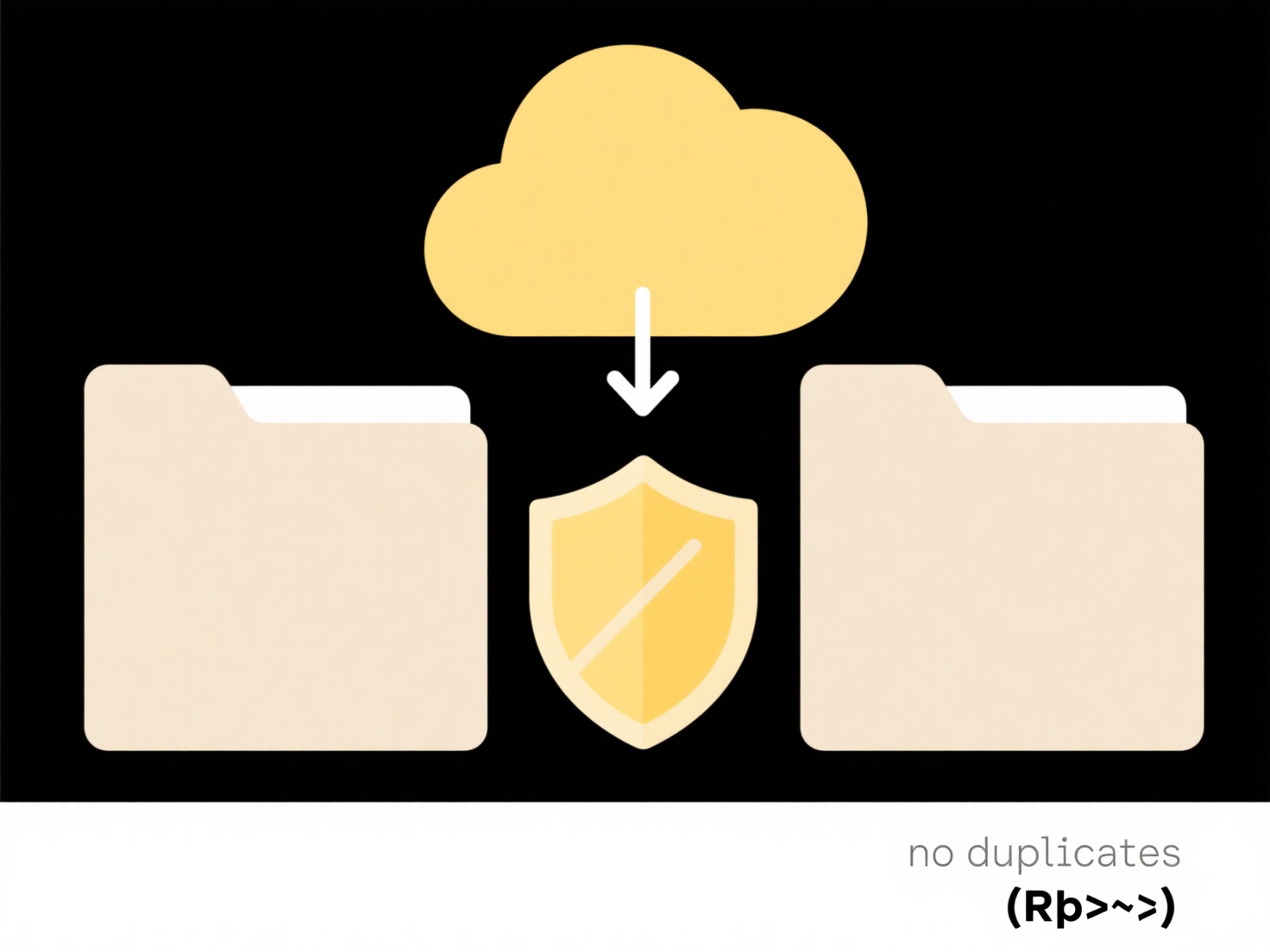
File expiration and review dates let you set automated time limits on file accessibility or require periodic oversight. An expiration date automatically restricts access to a file (like making it read-only, hiding it, or deleting it) after a set date. A review date prompts authorized users to manually check a file's continued relevance or accuracy by a specific deadline. This differs from simple access control by adding a critical time-based dimension to file management.
Organizations frequently use this technology for sensitive documents. For instance, temporary project files in Google Drive or SharePoint might be set to expire after project completion, preventing accidental long-term access. Similarly, contracts stored in a Document Management System (DMS) like SharePoint or specialized compliance tools often require regular review dates (e.g., annually) to ensure terms remain valid and up-to-date for legal and audit purposes.

Key advantages include improved compliance with data retention regulations, reduced clutter from outdated files, and enhanced security by limiting access duration. However, limitations exist: recovery after accidental deletion requires backups, over-reliance might delete needed files, and strict rules can create orphaned files without owners. Ethically, clear communication of these policies to users is essential. Future developments may involve smarter AI-driven suggestions for review frequency based on content analysis, making the process more intuitive.
Can I set expiration or review dates on files?
File expiration and review dates let you set automated time limits on file accessibility or require periodic oversight. An expiration date automatically restricts access to a file (like making it read-only, hiding it, or deleting it) after a set date. A review date prompts authorized users to manually check a file's continued relevance or accuracy by a specific deadline. This differs from simple access control by adding a critical time-based dimension to file management.
Organizations frequently use this technology for sensitive documents. For instance, temporary project files in Google Drive or SharePoint might be set to expire after project completion, preventing accidental long-term access. Similarly, contracts stored in a Document Management System (DMS) like SharePoint or specialized compliance tools often require regular review dates (e.g., annually) to ensure terms remain valid and up-to-date for legal and audit purposes.

Key advantages include improved compliance with data retention regulations, reduced clutter from outdated files, and enhanced security by limiting access duration. However, limitations exist: recovery after accidental deletion requires backups, over-reliance might delete needed files, and strict rules can create orphaned files without owners. Ethically, clear communication of these policies to users is essential. Future developments may involve smarter AI-driven suggestions for review frequency based on content analysis, making the process more intuitive.
Quick Article Links
What happens to cloud files when I uninstall the sync app?
Uninstalling the cloud sync app only removes the application responsible for synchronizing files between your computer a...
How do I monitor for the appearance of new files?
File monitoring involves automatically detecting when new files appear in a specific directory or set of locations on a ...
What does “You need administrator permission to save” mean?
"You need administrator permission to save" is a security notification common on Windows operating systems. It occurs wh...